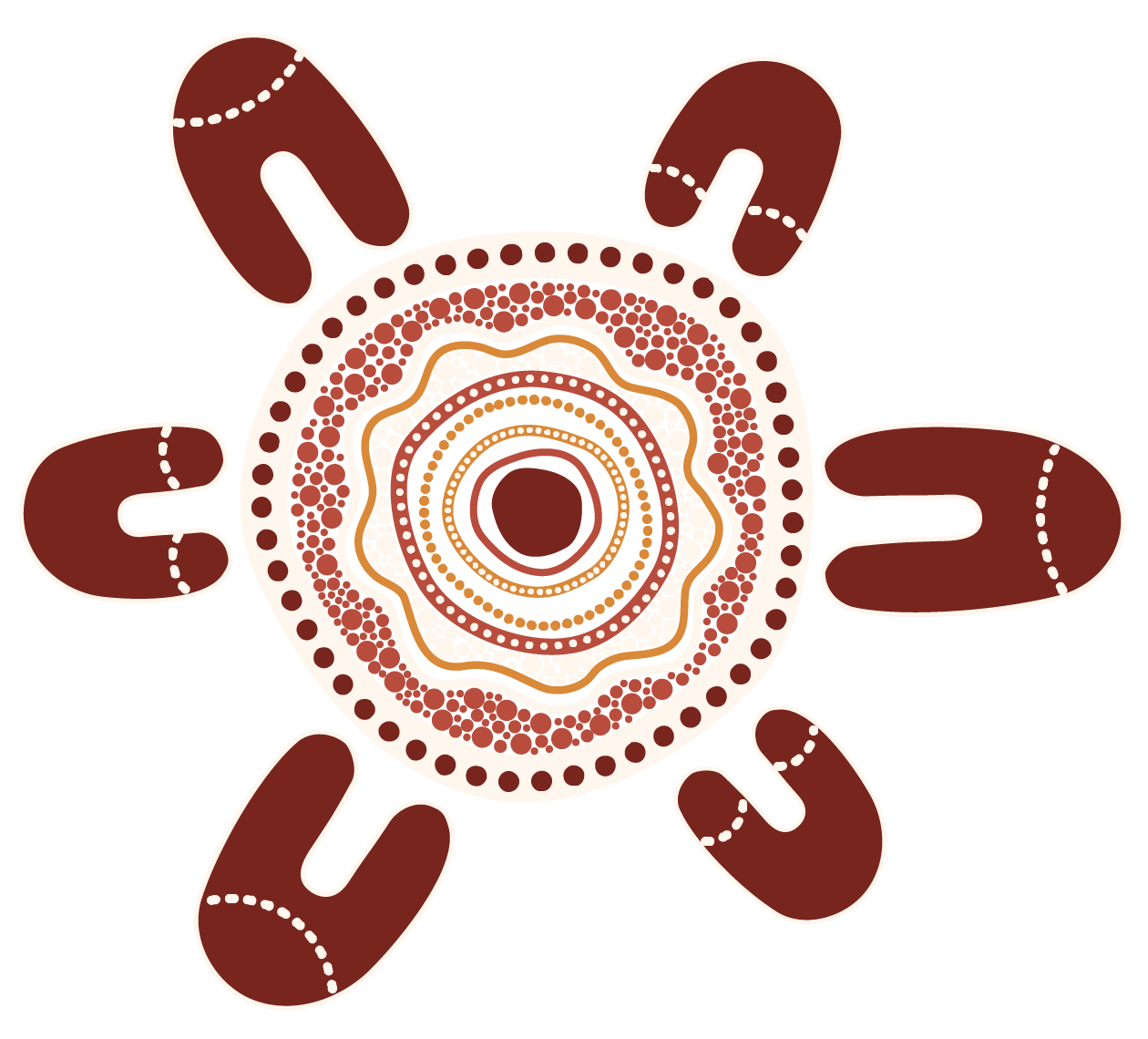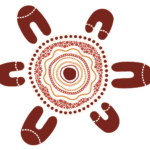Despite COVID-19 restrictions, the Lower Murray team managed to complete all planned fieldwork. There was an enormous effort by all to accommodate the “new normal”. Our team developed a COVID-19 risk management plan that included risk assessments for each sampling trip and changes to the way we operate for the safety of our team members and regional communities of the Lower Murray.
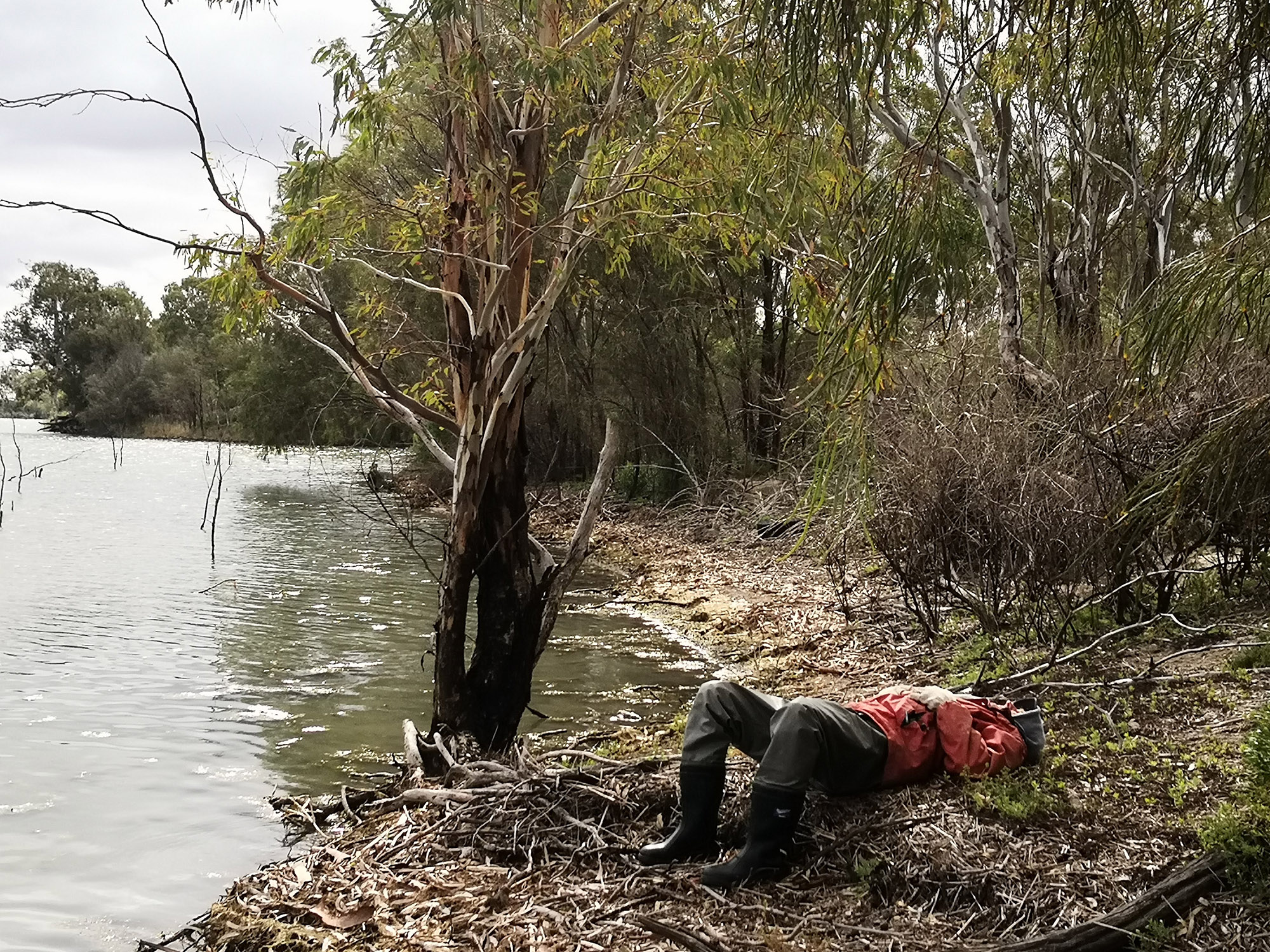
SARDI staff relaxing on the Lower Murray River bank. (Photo credit: SARDI)
There was a brief moment to relax before starting sample processing and data crunching for analyses. Here are the updates for individual indicator investigations:
Stream Metabolism
The data collected from our water quality loggers, during the last season (September-2019 to February-2020), have been prepared for analyses. Soon we will find out how the delivery of water for the environment in 2019/20 has influenced levels of primary production and ecosystem respiration in the main channel of the Lower Murray River.
Microinvertebrates
All microinvertebrates samples collected by our field team, during the last season (October-2019 to January-2020), have been sorted and most species identified. Our microinvertebrate task leader Deborah Furst was well organised and processed samples as soon as they arrived from the field, so she could later on concentrate on having her first baby son (Congratulations Deb!). While Deborah is on maternity leave, Russel Shiel will continue working on identifying the microinvertebrates present inside stomachs of Murray cod larvae.
Vegetation
Data collected during the vegetation monitoring trip (December 2019) on species composition, abundance and biomass have been entered and analyses will commence soon.

Littoral zone vegetation monitoring (Photo credit: SARDI)
Murray cod sampling
Between November 2019 and May 2020, our team went out four times to sample newly hatched (larvae) and small (less than 150 mm) juvenile Murray cod. We used light traps during the first trip and boat electrofishing (more details about electrofishing below) for the other trips. In total, we caught 28 larvae and over 100 juvenile Murray cod downstream of Locks 3 and 4. We brought back a subsample for further laboratory processing, including the removal of the ear stone (otoliths) for age determination and assessment of growth rate, and the removal of guts for diet assessment.
Our team has finished preparing otoliths on microscope slides and has started counting daily rings. Similar to trees, fish otoliths lay down growth rings (daily and annual), which allow for age determination and assigning date of birth (in case of daily rings for small/young fish). We will soon be able to say when the Murray cod we kept were born and how well they grew in relation to flow conditions in the Lower Murray River.
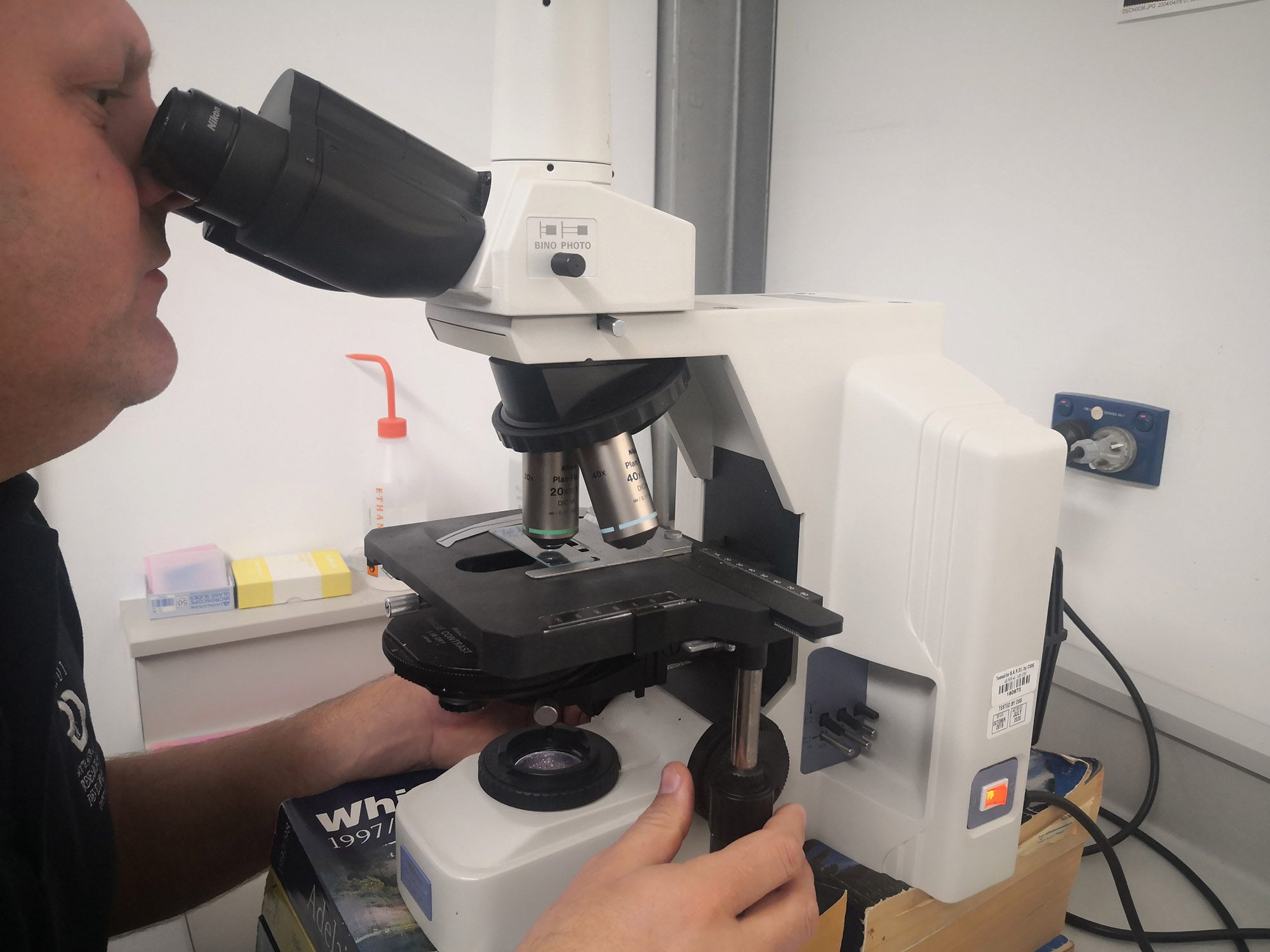
SARDI staff ageing Murray cod larvae collected in Nov-Dec 2019 in the Lower Murray River. (Photo credit: SARDI)
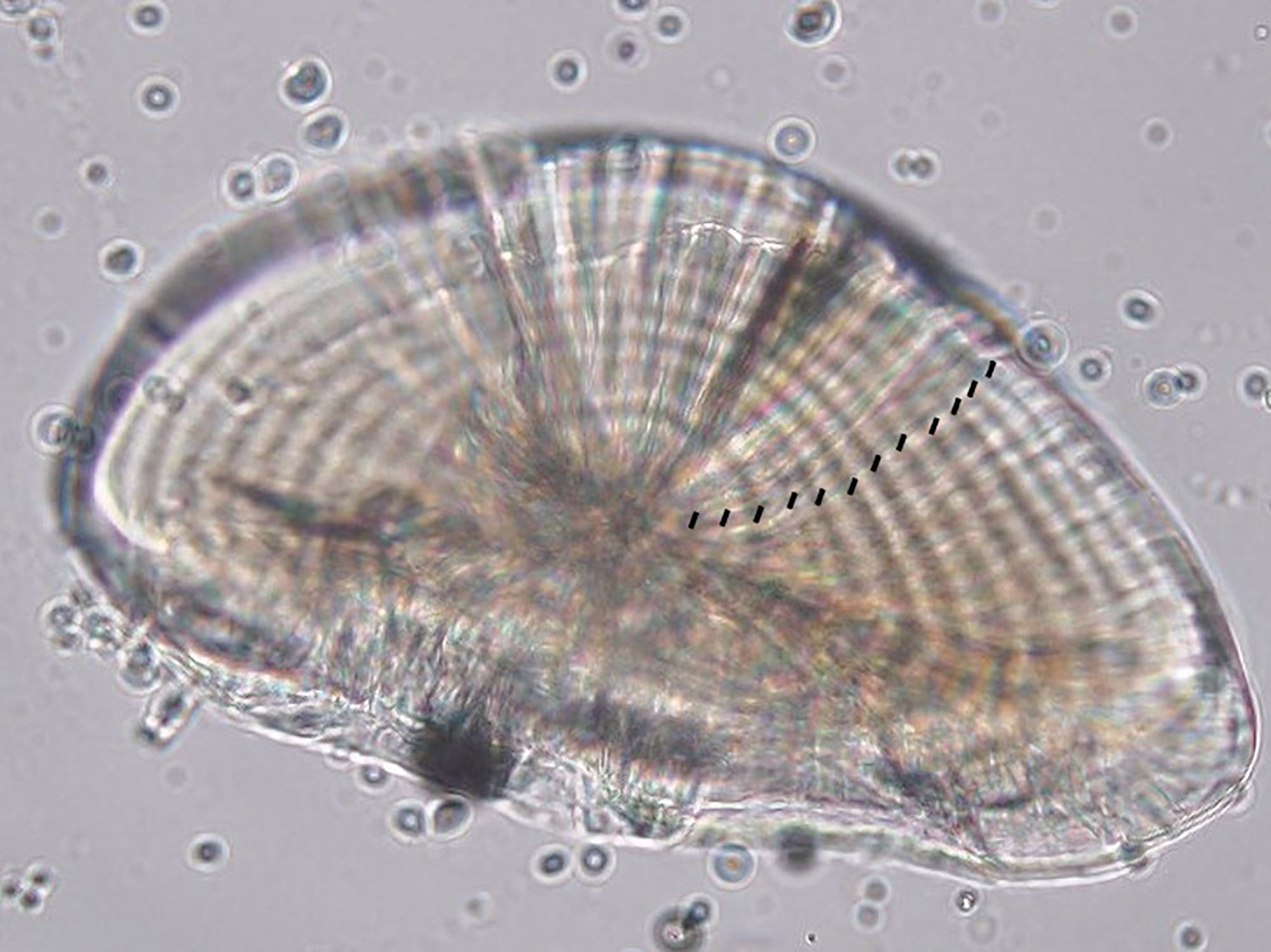
Photo: Otolith from a 12 day old Murray cod larvae. Black marks represent daily rings. (Photo credit: SARDI)
General fish sampling
Fish sampling in the Lower Murray River extended beyond Murray cod. Our team sampled the whole fish assemblage, using basin-wide standard (Category 1) methods involving boat electrofishing and small-meshed fyke nets, between March-April 2020, to look at changes in the fish assemblage through time. This component aims to provide relevant information to the Basin-scale evaluation.
A subset of Golden perch collected through this general sampling, and targeted electrofishing in May 2020, was retained for age determination through otolith analysis to assess recruitment of Golden perch. Otoliths from these fish have been prepared and ageing is underway.
Additionally, Bony herring samples (otoliths and fin clips) were collected on 30 June 2020 for a Basin-scale research project investigating movement using a combined genetics and otolith microchemistry approach.
From primary productivity to Murray cod recruitment
The current research project aims to investigate the influence of the source, pathways and quality of energy transfer through the Lower Murray food web on the recruitment of Murray cod, and how this process is affected by flow. To do this, basal food items (algae, aquatic plants, tree leaves, etc.), as well as Murray cod and shrimp muscle tissue, were collected, freeze-dried and ground to a fine powder, for future isotope and fatty acid analyses. These are complex chemical analyses that researchers use to study aquatic food webs. Furthermore, the diet of juvenile Murray cod will be directly investigated by identifying food items in the gut, under the microscope and using DNA. These analyses will commence soon. The results of this study will allow us to assess diet in relation to what is available in the ambient environment, and additional analyses will describe how the composition and nutritional value of these prey communities vary with flow.

Freeze-dried samples been grinded in laboratory. (Photo credit: SARDI)
Recent rainfall and spring outlook
Rainfall was above average or well above average in the Northern and Southern Basin, for the period of March to May 2020. The rainfall outlook for the Murray Darling Basin (MDB) is promising. According to the Bureau of Meteorology (BoM) cooling in the Tropical Pacific Ocean may indicate early stage of La Niña (50% chance). La Niña typically favours above-average rainfall for large parts of Australia generally occurring in early spring. There is a good chance we will get above average rainfall for period of late July-August to October 2020.
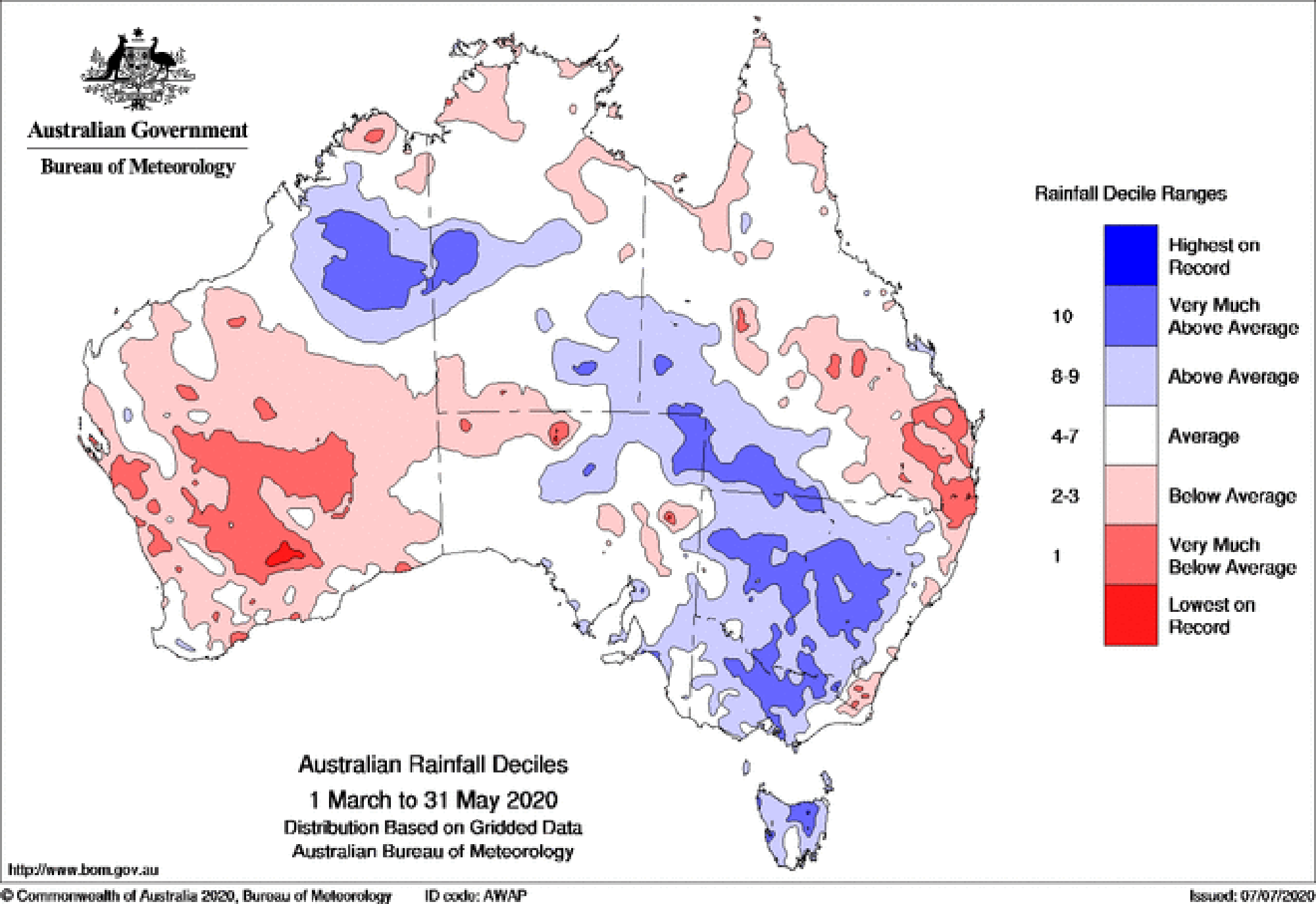
Australian map showing rainfall for the period of March to May 2020. Image credit: BoM

Australian map predicting chance of above average rainfall. Image credit: BoM
The MDB water storages are still filling up with the precipitations received in the Northern and Southern Basin. The MDB streamflow forecast for the period of July to September shows near median to high flows in more than half of locations within the MDB. We are keeping our eyes up on the sky and watching the rainfalls and river flows outlook with interest. If the flow conditions are right (in excess of 20,000 ML/day) then the monitoring of Golden perch spawning activities might be on the cards for our fish team.
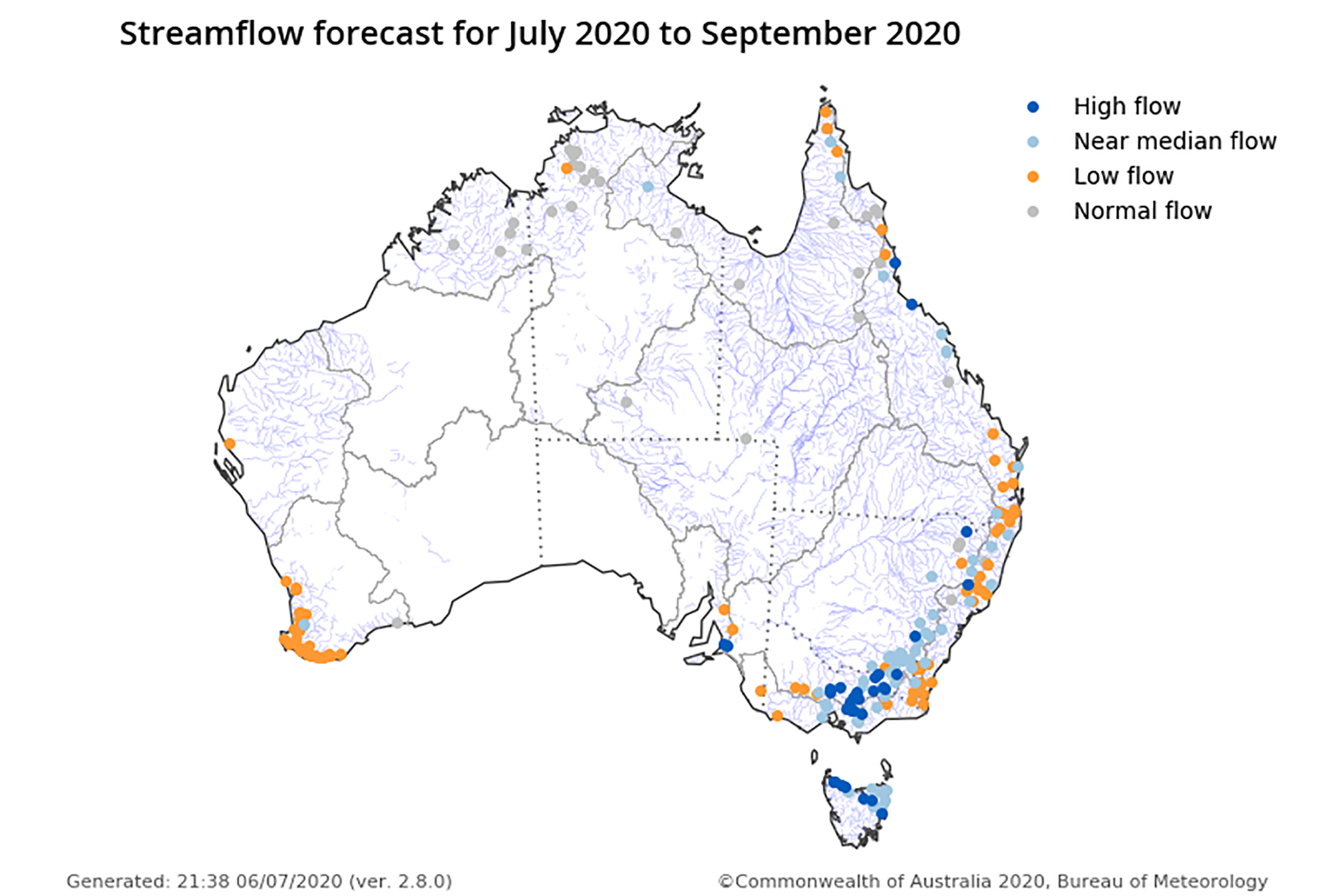
Map of Australia showing streamflow forecast for July-September 2020. Blue line indicate MDB area. Image credit: BoM
What’s next?
Generally, winter is a quiet time for us regarding fieldwork. We keep busy, however, entering and analysing data, and preparing to report on our findings. Once our scientists receive official and final water discharge data from the Murray-Darling Basin Authority, they will be busy running models, assessing the contributions of flow towards ecological outcomes of stream metabolism, hydraulic regime, matter transport and Coorong habitat. The contribution of water for the environment will also be evaluated, including for microinverbates and fish.
The next three months will also be the time in which we will gear up for the next field season, which starts in September 2020. Around October 2020, we are also planning to hold a community workshop in the Riverland, where we will summarise different outcomes achieved by the use of water for the environment in the Lower Murray River. Watch this space!
If you enjoyed reading this update, check out ‘Electrofishing: What is it and how does it work?’

This article is reproduced from the Lower Murray Newsletter: Issue 4 (July 2020). Download a copy by clicking the button below.
Follow Flow-MER updates
Flow-MER is the Commonwealth Environmental Water Holder’s on-ground Monitoring, Evaluation and Research program.
We are working in partnership with scientists, water managers and communities across the Murray-Darling Basin to help us understand how fish, birds, vegetation and river connectivity are responding to Commonwealth environmental water. Subscribe below to receive the latest updates in your inbox.


